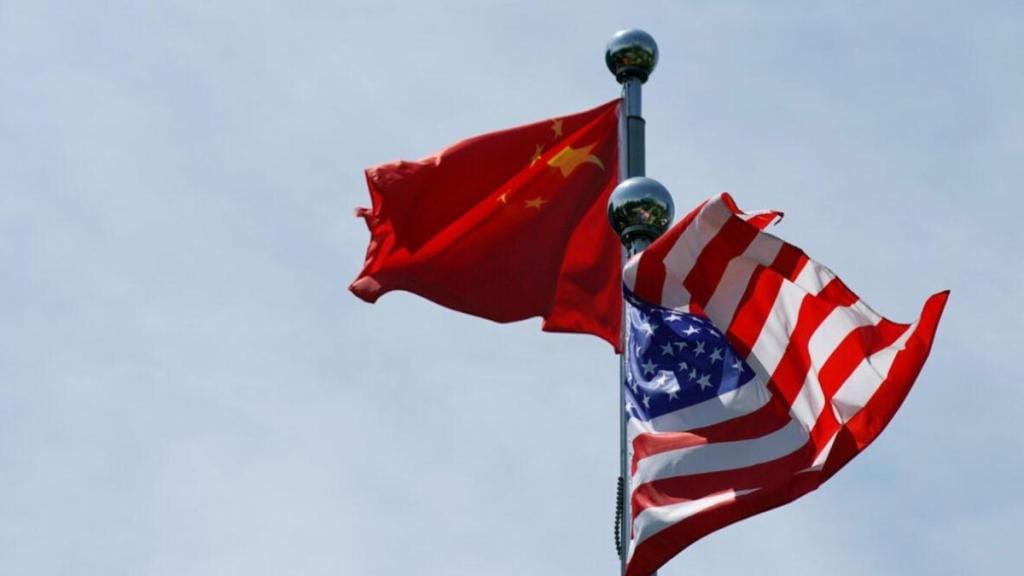China’s move to restrict exports of rare earth elements (REEs) and magnets amid the heating trade friction with the US has triggered fresh concerns in Washington, especially within the defense and technology sectors. The action is seen as a strategic retaliation to President Donald Trump’s recent hike in tariffs on Chinese imports.
China’s Ministry of Commerce on April 4 announced new export controls on seven of the 17 rare earth elements namely, samarium, gadolinium, terbium, dysprosium, lutetium, scandium and yttrium. These elements are crucial for advanced manufacturing in defense systems, electric vehicles, wind turbines and other high-tech industries. Under the new rules, exporters must now apply for special licenses, potentially disrupting global supply chains.
‘Warning shot’ at America’s military production
Industry and defense experts told The New York Times the move is a “warning shot” aimed at American national security and shows China’s dominance in rare earth processing. According to the Center for Strategic and International Studies (CSIS), the US is not currently prepared to replace these supplies if a full export halt occurs.
CSIS warned in a report released Monday that even a temporary pause, while China implements its licensing regime, could severely impact US firms. The report confirmed that a slowdown in exports is already underway, posing an immediate risk to sectors reliant on REEs.
Adding to the pressure, China also blacklisted 16 US entities, most in the defense and aerospace industries, from receiving “dual-use goods” like rare earths.
US likely to play catch-up; Ukraine deal in sight?
The US has long been aware of its vulnerability in this area. Despite efforts to ramp up domestic production, CSIS notes that no heavy rare earth separation currently takes place in the US. The Department of Defense has set a goal to build a complete domestic REE supply chain by 2027; this was outlined in its 2024 National Defense Industrial Strategy.
However, since 2020, the US Department of Defense has poured more than $439 million into jumpstarting domestic supply chains and constructing heavy rare earth processing facilities, according to CSIS data. But despite the hefty investment, CSIS warns that once these facilities are finally up and running, their output will still pale in comparison to China’s, leaving the US well short of its ambition for a self-sufficient rare earth supply.
“Building mining and processing capabilities is a long game,” CSIS noted, adding that the US is likely to remain playing catch-up for the foreseeable future.
In a parallel effort to secure resources, President Trump has been pushing for a deal with Ukraine to tap into its rare earth mineral reserves. Yet, uncertainties continue to swirl around how valuable and how accessible those deposits truly are.

